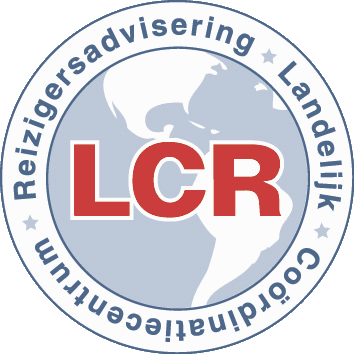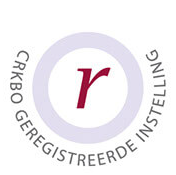In the early morning of February 6th, residents of Turkey and Syria were struck by a powerful earthquake, followed by an aftershock 9 hours later. The epicenters were located close to the Turkish city of Gaziantep. The earthquakes, magnitudes of 7.8 and 7.5, were felt as far as parts of Lebanon, Cyprus, and Iraq, and caused enormous damage and injury. In Turkey, few houses and buildings are able to withstand such an impact. In Syria, the quality of buildings is even worse after 11 years of conflict and limited materials for reconstruction. In addition, temperatures drop towards freezing point around this time of year and the situation in the northwestern areas of Syria was already dire.
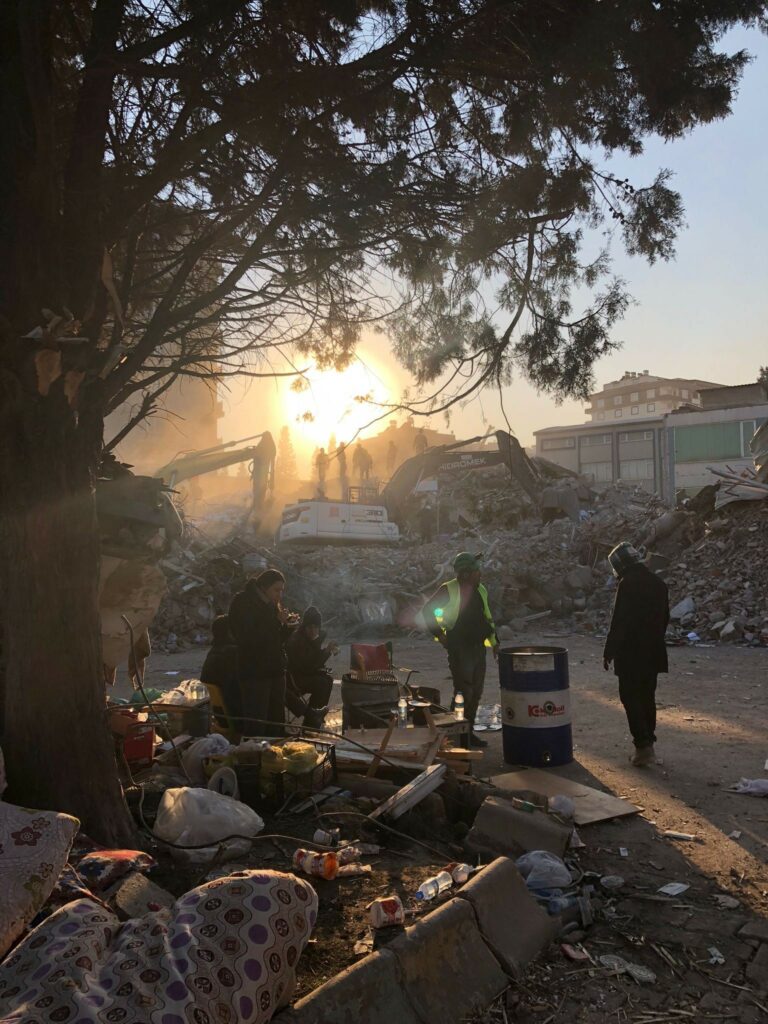
Volunteering Aid Team
Eda vd Boogaard-Okatan sets up an action within a few days to provide victim assistance. A group is put together consisting of emergency room doctors, emergency room nurses, ICU nurses, doctors of international health care and tropical medicine, ambulance nurses, and drivers, including some who speak Turkish. Among them are Maybritt Kuypers and Anne Brants. In addition, transport is arranged via Corendon, and medical equipment and materials are made available, 15 kg per aid worker. Shifts are exchanged, at home things are quickly organized, and vacations are canceled. There was a lot of uncertainty: are you insured for volunteer work in a disaster area; how (in)secure is the current situation; are there basic facilities for external aid workers and are there enough resources available to provide assistance? Nevertheless, these issues were quickly resolved. The team arrives in Kahramanmaraş, Turkey on February 10th. The city is heavily affected. Streets are unrecognizable, many buildings have collapsed, and countless people are homeless, displaced, and distraught.
Situation
Initially, the plan was to immediately assist at a medical post on a sports field, but there were still insufficient facilities. For this reason, the team was first deployed to one of the three hospitals in Kahramanmaras. There, they joined the local staff and other relief workers from different parts of Turkey and Israel who had already been operational for several days. They were able to partially relieve the team by taking over the bulk of the services. In addition to familiar ED pathologies, many traumas, mental health problems, and infectious diseases were observed. “There was a lot of dust in the air, which, together with the cold, may have triggered asthma exacerbations and other respiratory problems.” Nurses helped with casting broken bones, making ECGs, taking blood samples, placing catheters, providing logistical assistance, and giving attention and care to patients and family members. In terms of scarcity, the distribution of materials was mainly a problem, with shortages of ORS, certain antibiotics, and IV fluids. A sort of ad hoc medication distribution center was set up fairly quickly – where medication was delivered, sorted by pharmacists, and then distributed to the population (over the counter).
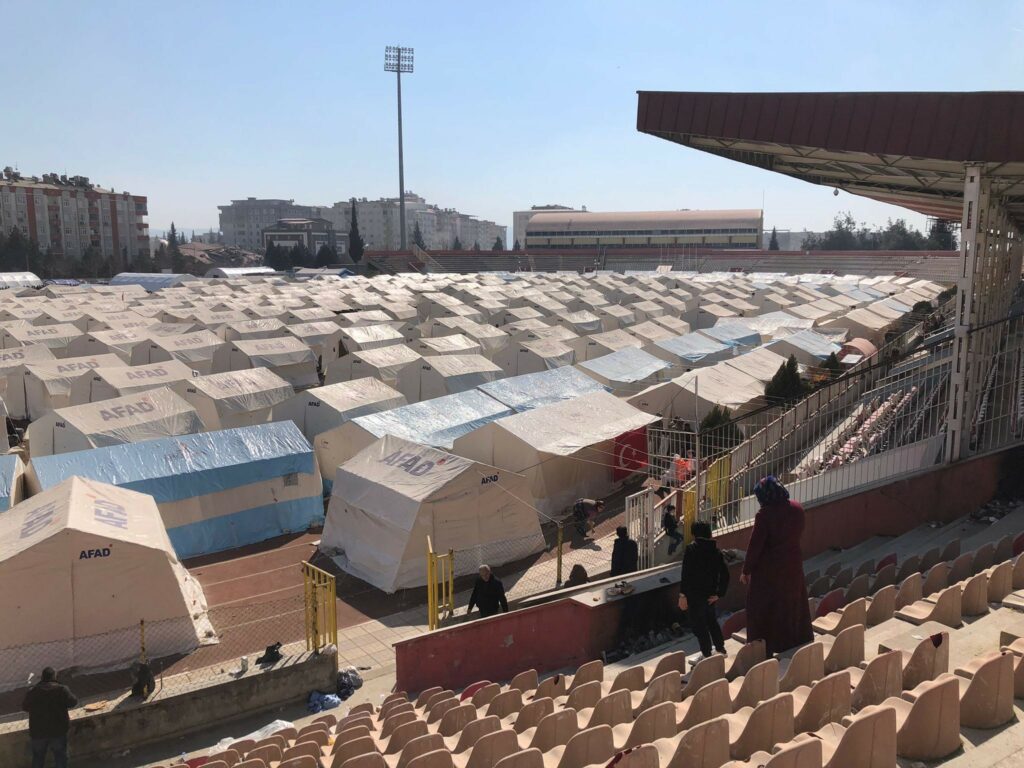
More improvised relief posts were set up, partly by the Turkish Disaster and Emergency Management Authority (AFAD). Maybritt, among others, worked in a field hospital in a football stadium, while Anne worked in an outpost 30 km away from the city. Victims were examined, some were buried or hit by rubble, and others suffering from problems due to homelessness or limited access to care. Despite the language barrier, communication went quite smoothly with English, German, or through interpreters.
“This past week, I saw what resilience is. I saw it in the eyes of my patients, who lost everything and sometimes even everyone. I saw it in the eyes of local first responders – medical personnel, police officers, soldiers, and SAR teams. Many of them lost loved ones, yet they stood there and worked under high pressure and in bad conditions.” – Marieke Vos, Emergency Physician
Personal Safety
Providing care in a disaster zone can also put one’s own safety at risk, and basic necessities are not always guaranteed. For instance, due to logistical reasons, there was no tent available for the team, so they stayed in a government building that was declared safe between the shifts. Nevertheless, the team was startled by aftershocks, with, fortunately, were pretty mild. After four days, the team transferred care and returned to the Netherlands. There, they recovered, processed their experiences, and dealt with the intense images they witnessed. “The people in Turkey were very grateful for the help provided. Nevertheless, you never feel like it’s enough in such a situation.”
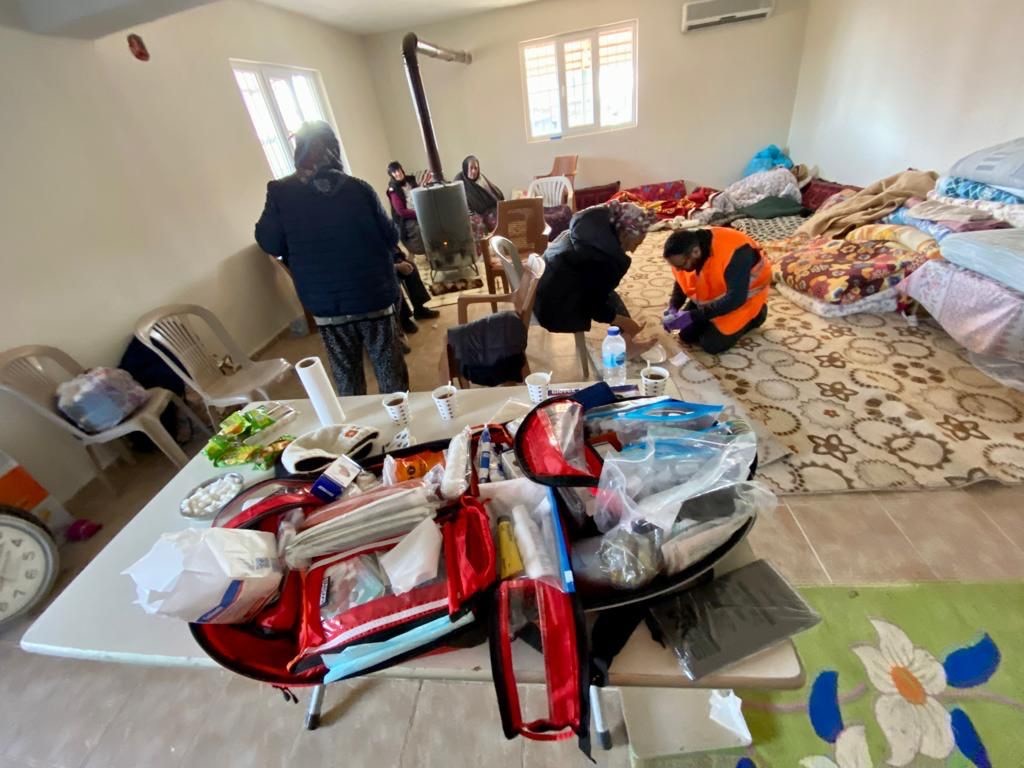
Stage of Emergency
A state of emergency has been declared in Turkey and Syria. Thousands of people are dependent on outside assistance, which is further complicated by limited access to Syria. In addition to basic necessities such as shelter, food, and clean drinking water, there is a great scarcity of medical supplies. Fractures, traumatic injuries, crush injuries, crush syndrome, and bleeding are common. Crush syndrome often leads to the need for dialysis, while orthopedic materials, painkillers, and antibiotics are required for fractures. These resources are in limited supply. ” The supply of antibiotics ran out from day three in northwest Syria,” said Abdulkarim Ekzayez, an epidemiologist at King’s College London.1 This raises the danger of widespread infectious diseases. In addition to somatic care, preparations are being made for the treatment of post-traumatic stress resulting from psychological distress. The impact of an earthquake in an already affected region will continue for years.
Dutch Disaster Medical Response Group
Humanitarian aid in earthquake-stricken areas is not entirely unfamiliar to Anne. An earthquake in 2015 claimed the lives of 8,000 people, injured 20,000 people, and caused an avalanche in Everest Base Camp with disastrous consequences. Anne assisted with the relief efforts. It had a tremendous impact, and lessons were learned.2 This strengthened Anne’s conviction that doctors in pre-hospital care or expedition medicine require special skills and training.
A similar idea emerged from the current team after debriefing, the idea of establishing a “Dutch Disaster Medical Response Group“. This team could consist of a large pool of healthcare professionals who can be deployed in the event of major disasters in the future. The focus would be on pre-hospital (ambulance) and emergency care. For this, the organization of training, equipment, funding, transportation, and psychological aftercare is necessary. The possibilities will be explored in the coming period.
Donation
Do you want to offer help? The earthquake in Turkey and Syria has completely devastated the lives of hundreds of thousands of people. Many people are homeless and displaced. There is still an urgent need for medical care, blankets, food, and shelter. With a donation to Giro555, aid organizations can expand their aid in Turkey and Syria.
The Team of Volunteers
Sültan Güclü, Recep Piyade, Maybritt K., Gerard Kok, Annemieke Boendermaker, Caroline Telkamp, Tim Eertman, Monique Grunstra, Erwin Romijn, Davey de Man, Lennart Boer, Annelies van Maren, Liesbeth Mulders, Karin van Doorn, Islam Nalajev, Alie den Engelsman, Sandra de Bruine, Anne Brants-Schmitz, Puck Bastiaans, Arjan Vuik, Jasper de Vries, Martien Hollaar, Dick Hollaar, Lennert Visser, Zamyra Janssen, Ayse Oruc, Manolya Yılmaz, Rianne van Leeuwen, Anique Doets, and from the Netherlands, Eda vd Boogaard-Okatan.
References
1) Naddaf, M. One MRI for 4.7 million people: The battle to treat Syria’s earthquake survivors. Nature News.
2) Ken Zafren, Anne Brants, Katie Tabner, Andrew Nyberg, Matiram Pun, Buddha Basnyat, Monika Brodmann Maeder. Wilderness Mass Casualty Incident (MCI): Rescue chain after avalanche at Everest Base Camp (EBC) in 2015, WEM 2018.

